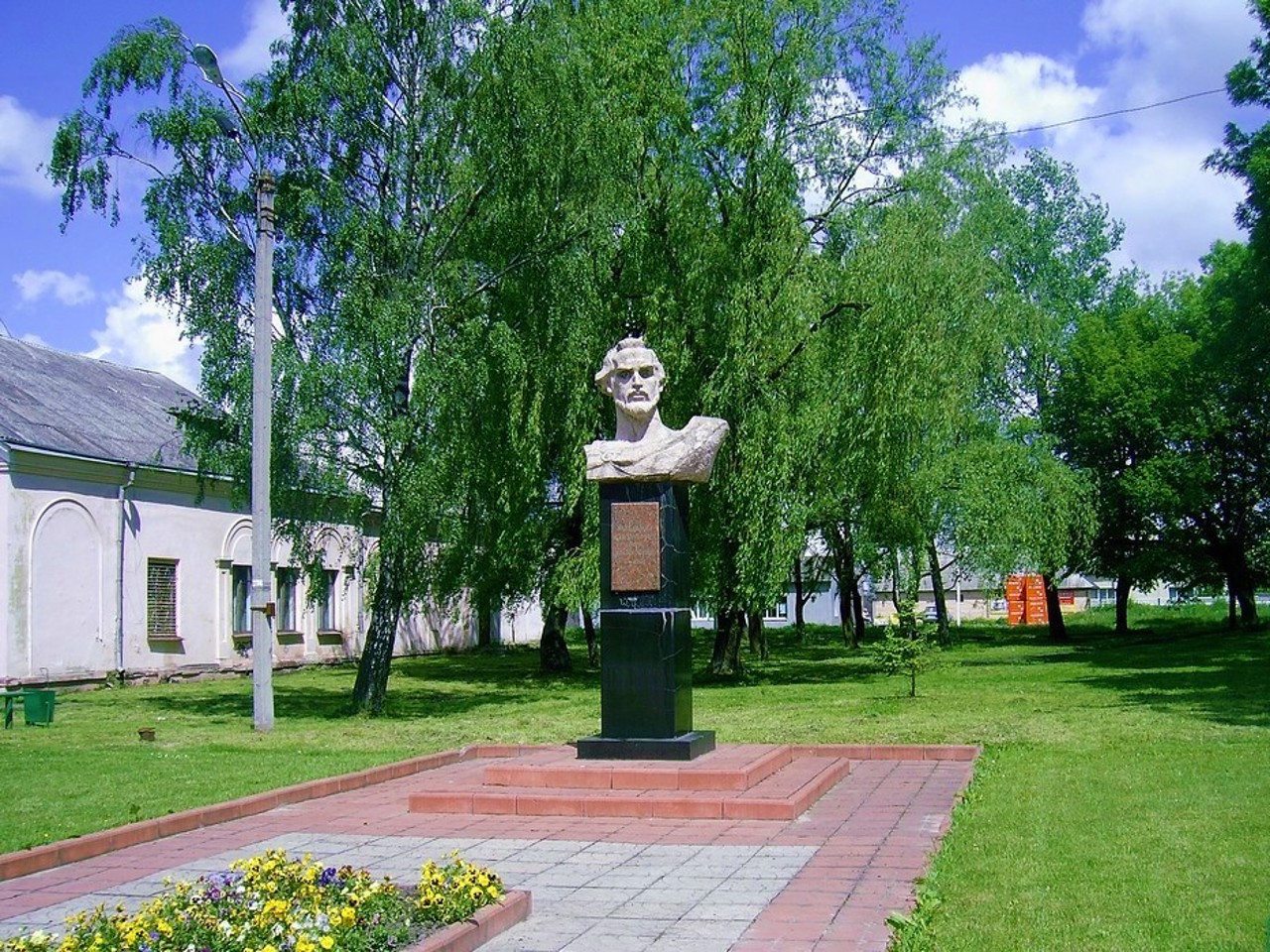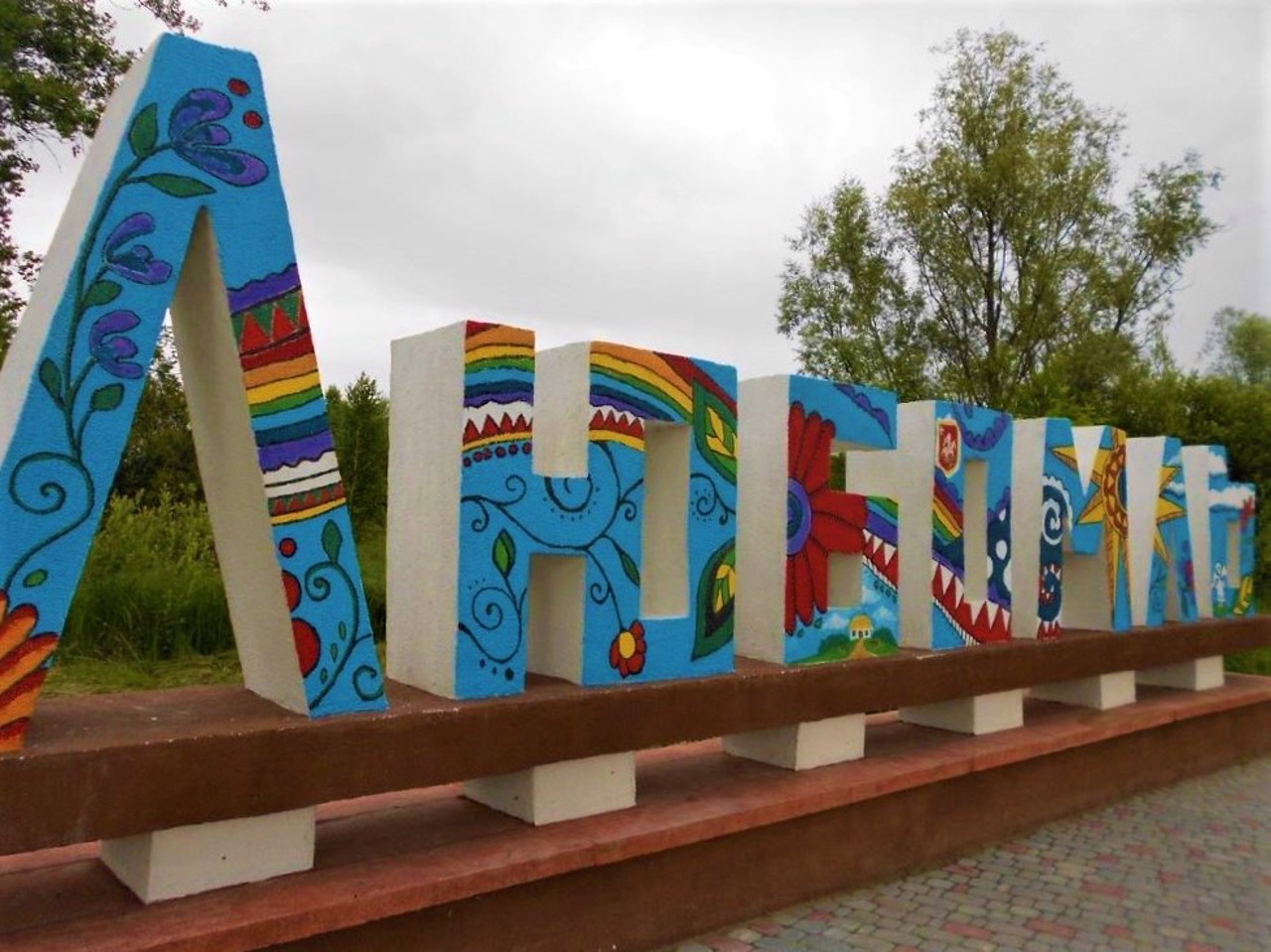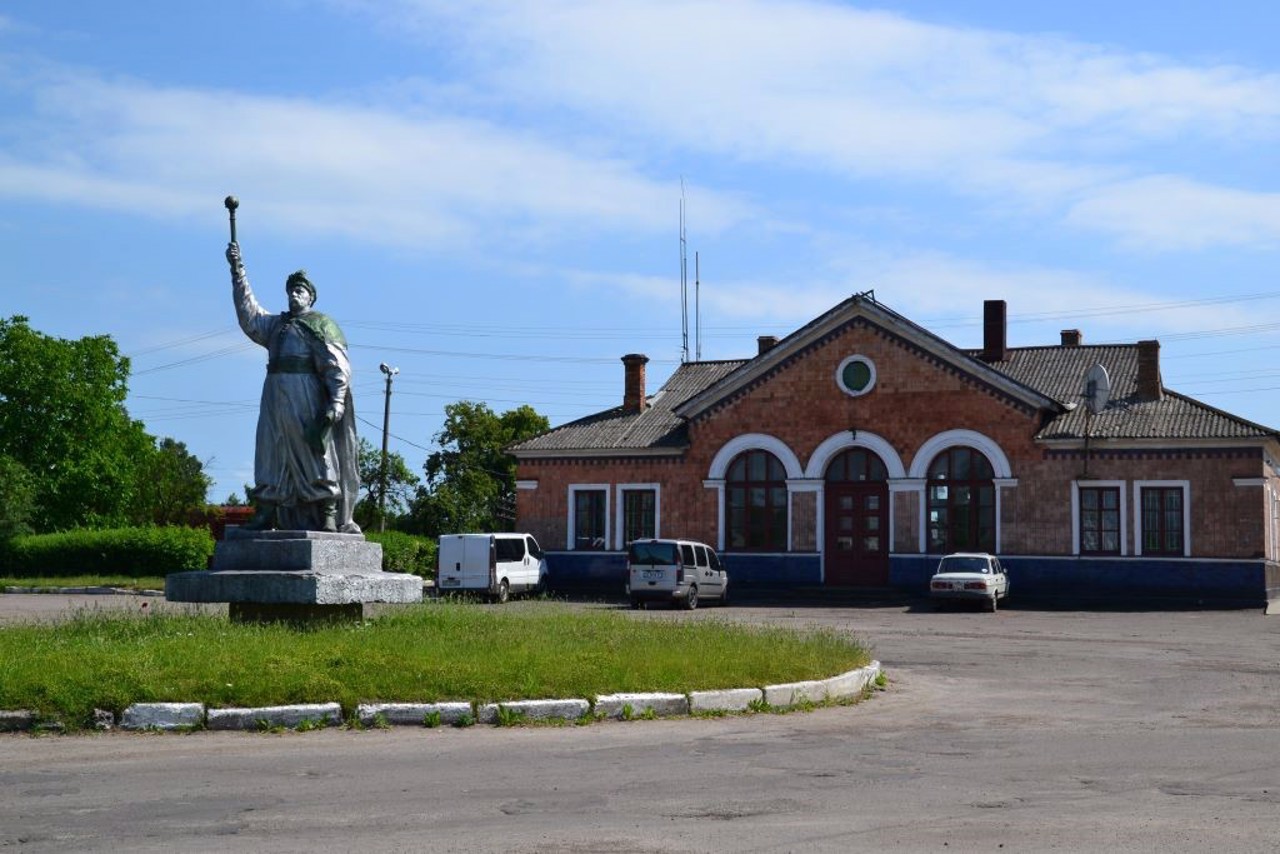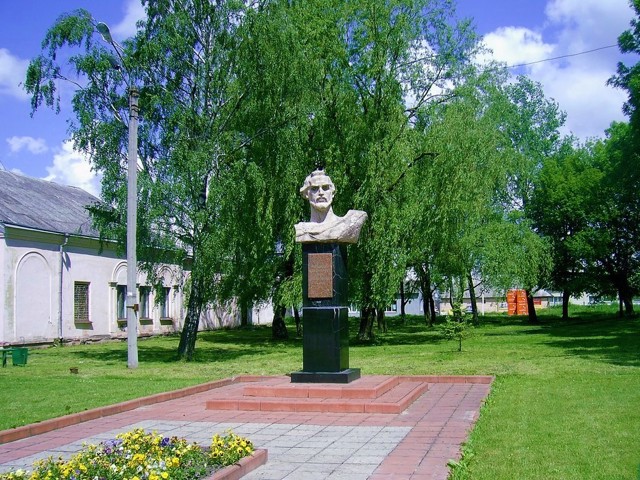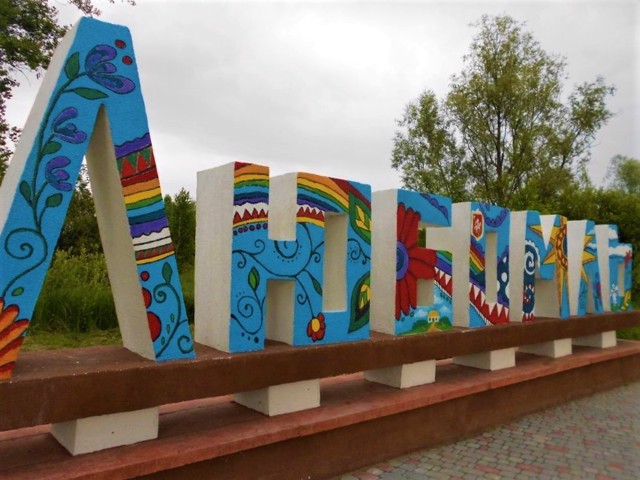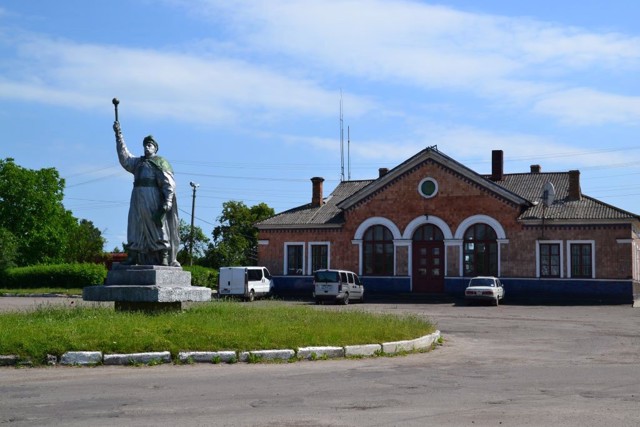Functional temporarily unavailable
General information about Liuboml
The city of Liuboml is located near the Polish border, a major transport hub. Two Аncient Rus hillforts have been preserved on the territory of the city, one of which now houses a memorial of glory.
The first written mention of Liuboml dates back to 1287. The oldest building is the Saint George's Church (1264), founded by the Volyn prince Volodymyr Vasylkovich, which acquired its modern appearance in the 16th century. The Trinity Church was built in 1412 by the Polish king Władysław II Jagailo. Since 1768, the city passed into the possession of Count Branytskyi. The Branitsky palace (XVIII century) near one of the hillforts has been partially preserved.
Liuboml is convenient as a transshipment point when traveling to Poland through the Yahodyn border crossing. There is a ...
The city of Liuboml is located near the Polish border, a major transport hub. Two Аncient Rus hillforts have been preserved on the territory of the city, one of which now houses a memorial of glory.
The first written mention of Liuboml dates back to 1287. The oldest building is the Saint George's Church (1264), founded by the Volyn prince Volodymyr Vasylkovich, which acquired its modern appearance in the 16th century. The Trinity Church was built in 1412 by the Polish king Władysław II Jagailo. Since 1768, the city passed into the possession of Count Branytskyi. The Branitsky palace (XVIII century) near one of the hillforts has been partially preserved.
Liuboml is convenient as a transshipment point when traveling to Poland through the Yahodyn border crossing. There is a well-developed road service infrastructure: motels, cafes, gas stations, branches of insurance companies, currency exchange offices.
Місто Любомль розташоване біля польського кордону, великий транспортний вузол. На території міста збереглися два давньоруських городища, на одному з яких зараз розташований меморіал слави.
Перша письмова згадка про Любомль датується 1287 роком. Найдавнішою спорудою є заснована волинським князем Володимиром Васильковичем Георгіївська церква (1264 рік), яка набула сучасного вигляду в XVI столітті. Троїцький костел побудований в 1412 році польським королем Владиславом II Ягайло. З 1768 року місто перейшло у володіння графа Браницького. Частково зберігся палац Браницьких (XVIII століття.) біля одного з городищ.
Любомль зручний як перевалочний пункт при поїздках до Польщі через прикордонний перехід "Ягодин". Є добре розвинена інфраструктура дорожнього сервісу: мотелі, к ...
Місто Любомль розташоване біля польського кордону, великий транспортний вузол. На території міста збереглися два давньоруських городища, на одному з яких зараз розташований меморіал слави.
Перша письмова згадка про Любомль датується 1287 роком. Найдавнішою спорудою є заснована волинським князем Володимиром Васильковичем Георгіївська церква (1264 рік), яка набула сучасного вигляду в XVI столітті. Троїцький костел побудований в 1412 році польським королем Владиславом II Ягайло. З 1768 року місто перейшло у володіння графа Браницького. Частково зберігся палац Браницьких (XVIII століття.) біля одного з городищ.
Любомль зручний як перевалочний пункт при поїздках до Польщі через прикордонний перехід "Ягодин". Є добре розвинена інфраструктура дорожнього сервісу: мотелі, кафе, АЗС, філії страхових компаній, пункти обміну валют.
Сплануй своє перебування у Liuboml
What to see and where to go in Liuboml
Tourist attractions and museums of Liuboml

Holy Trinity Church
Temple , Architecture
The Church of the Holy Trinity in Liuboml is the oldest Roman Catholic church in Volyn.
According to legend, it was built by the Polish king Vladyslav II Yahaylo in gratitude for the victory he won in these regions over the Tatars, returning after the Battle of Grunwald.
The Gothic Trinity Church was built on a hill in the northern part of Ljuboml and was included in the system of city fortifications. In addition to religious functions, it also performed defensive functions.
As a result of the reconstruction of the 17th century, the building acquired Baroque features, but the Renaissance portal was partially preserved.
The church acquired its current appearance after the reconstruction of the 19th century.
After 1945, the building was used as a fertilizer warehouse, a shop, a sawmill, a sports hall and, finally, a museum.
Today, the church belongs to the Catholic community of Liuboml.

Branytsky Palace
Palace / manor , Architecture
The only surviving wing of the palace built in Liuboml by Count Frantsysk Ksaveriy Branytsky, after he received these lands in 1768 as a reward for saving the life of the future King of Poland, Stanislav Avhust Ponyatovsky, at a session of the Sejm in 1762.
In 1782, he completed the construction of his residence in Liuboml, next to Castle Hill. It was a large palace complex consisting of the main palace building, a pair of two-story outbuildings, and a one-story gallery with a winter garden. A large garden surrounded by a stone fence was laid to the north of the palace.
At the end of the 18th century, after the uprising of Tadeush Kostyushko, as a result of which the crown hetman Branytsky was recognized as a traitor, he and his wife Oleksandra left Lyuboml and moved to Bila Tserkva, where they built the famous Oleksandriya Park.
The last owner of the palace in Liuboml was the family of landowners Kappioni.
During the Soviet rule, the building was in the hands of the military and was partially dismantled. A children's and youth sports school is located in the wing.
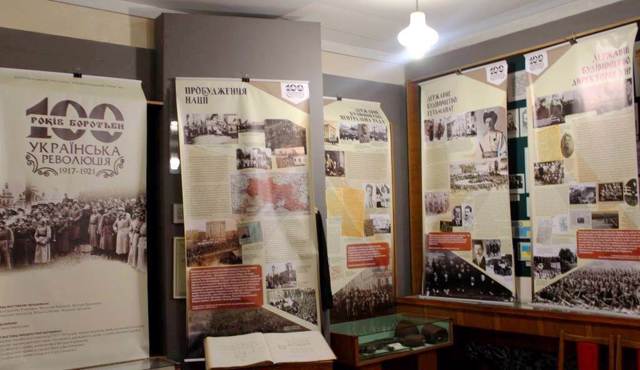
Liuboml Local Lore Museum
Museum / gallery
The Liuboml Museum of Local Lore was created in 1973 by Dmytro Ostapyuk, a history teacher and local historian.
15,000 exhibits of the main fund. An archaeological collection, collections of numismatics, objects of folk life and ethnography are presented. Materials on the former owners of Liuboml: Ivan Vyhovsky, Pavlo Teterya, Dmytro Vyshnevetsky and Ksaveriy Branytsky are on display.
Also presented are materials about famous natives of Luboml region: theologian Severyn Lubomlchyk, artist Nataliya Uzhviy and others.
The Local Lore Museum is located on the 3rd floor of the Liuboml City Council.
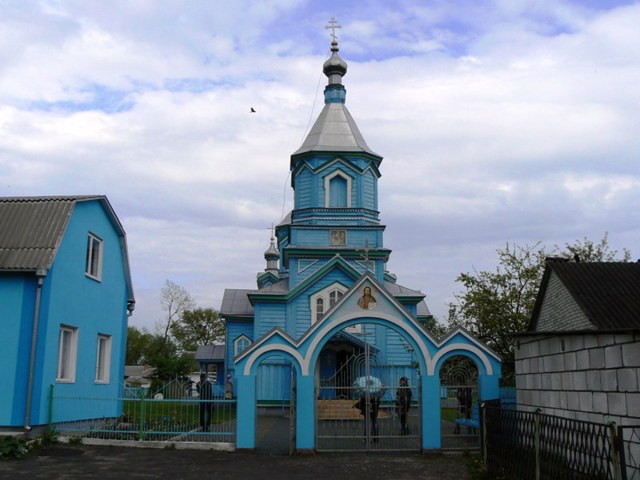
Nativity of Holy Virgin Church
Temple , Architecture
The wooden church of the Nativity of the Holy Virgin Mary was built in Liuboml in 1884 on the site of an old church known since the 16th century.
A typical example of pseudo-Rus style in the monumental wooden architecture of Volyn.
In 1961, the Church of the Nativity of the Virgin Mary was closed by the Soviet authorities, but in 1990 it was returned to the parishioners and restored.
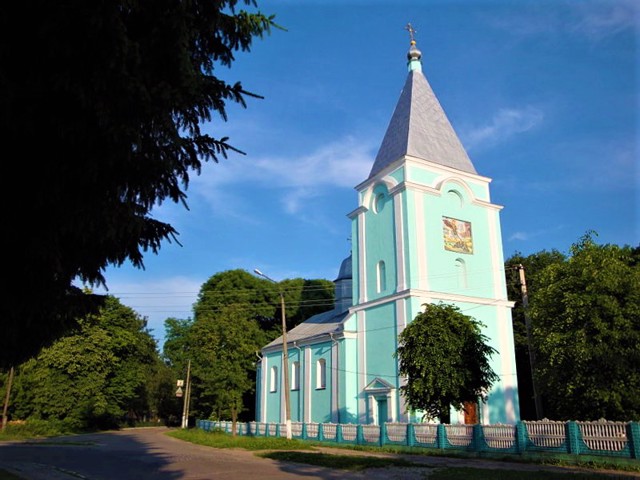
Saint George's Church
Temple , Architecture
The Church of the Holy Great Martyr George the Victorious is the oldest building in the city of Liuboml.
It was built by order of Prince Volodymyr Vasylkovych in the 13th century. At first, it resembled the Dormition Cathedral in Volodymyr. The name of the Volyn architect Oleksa, who built the temple, is well-known.
The second part of the Galician-Volyn Chronicle was written here.
In the 16th century, the Saint George Church was radically rebuilt, and in the 18th century, a bell tower was added to it.
Paintings of the 19th century have been preserved.
Liuboml on photo and video
Reviews Liuboml
Geographical information about Liuboml
| {{itemKey}} | {{itemValue}} |
|---|---|
| Region |
Volyn |
